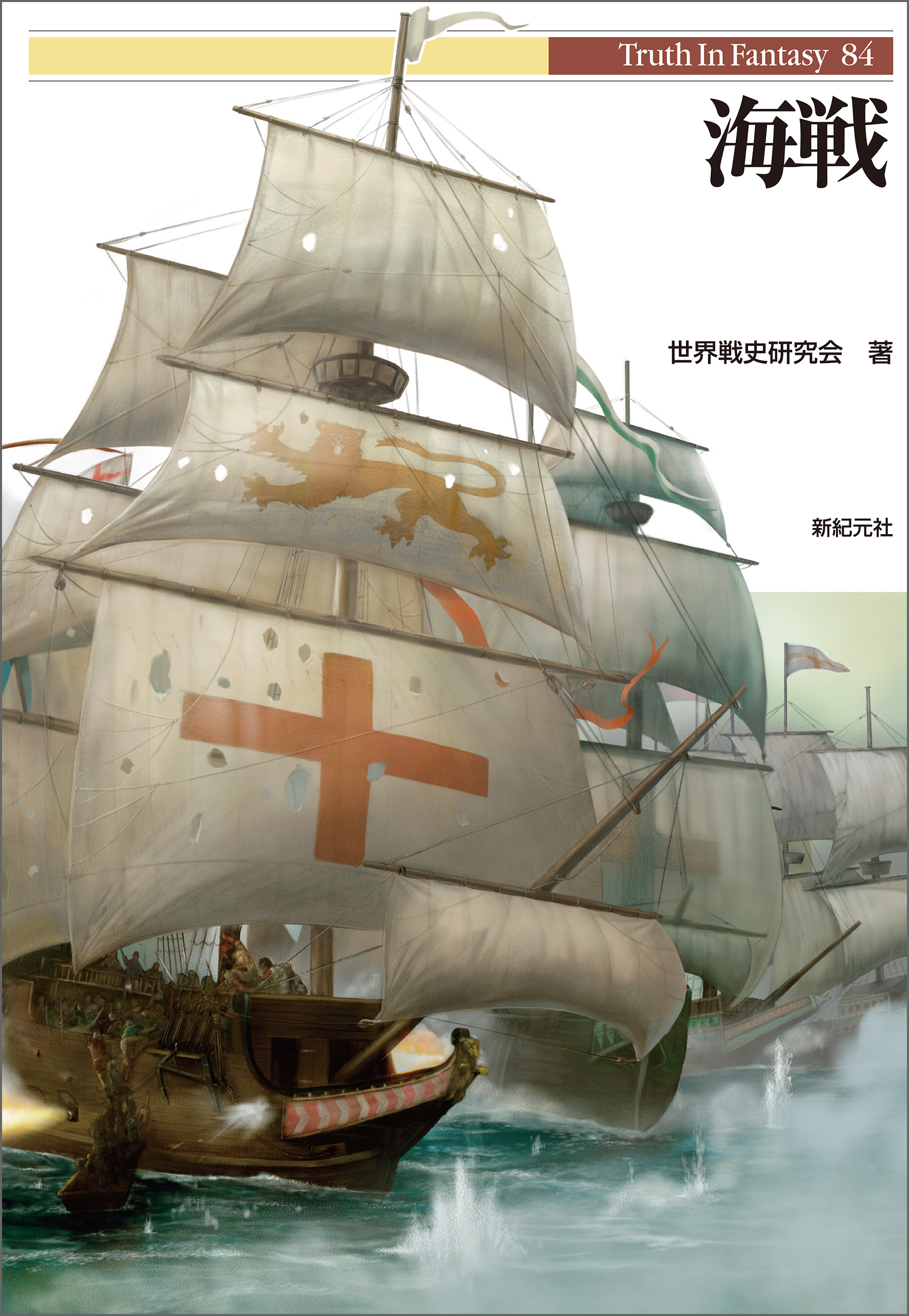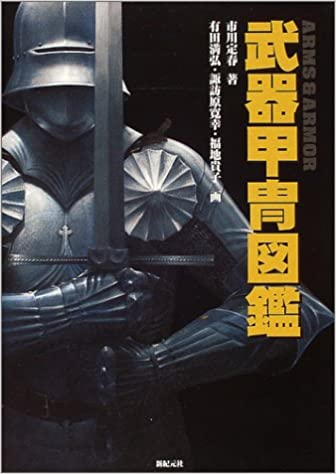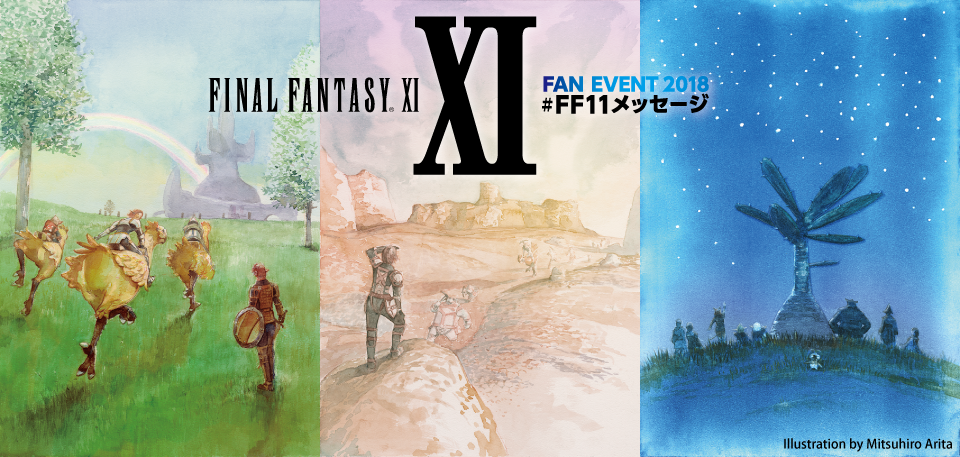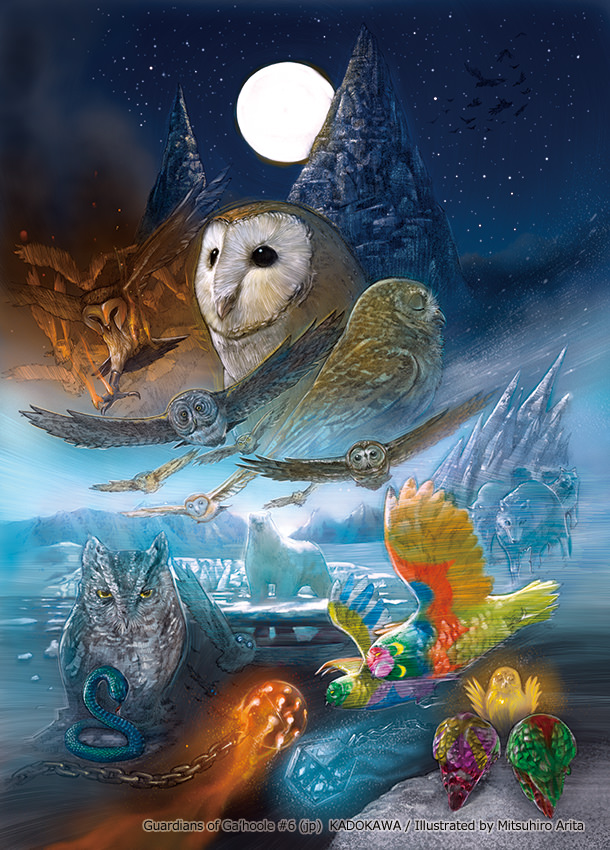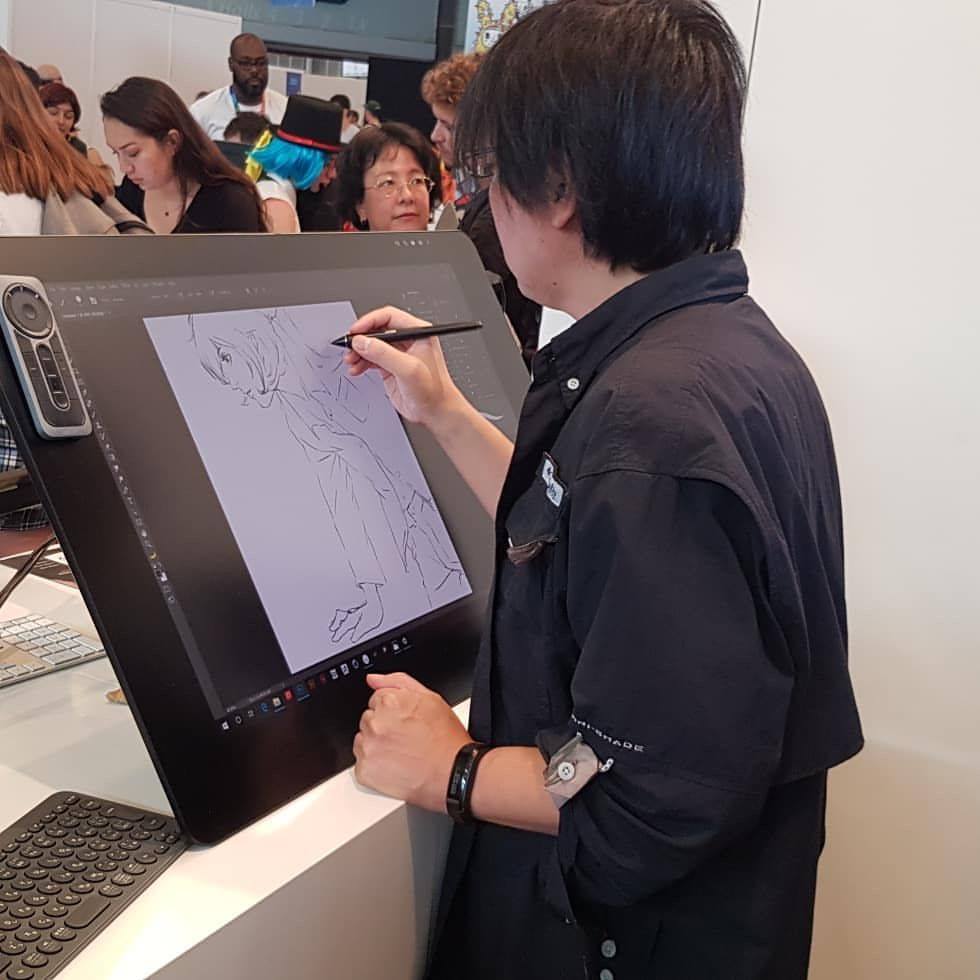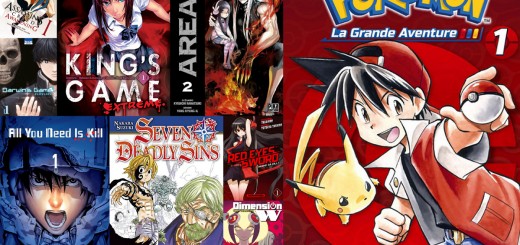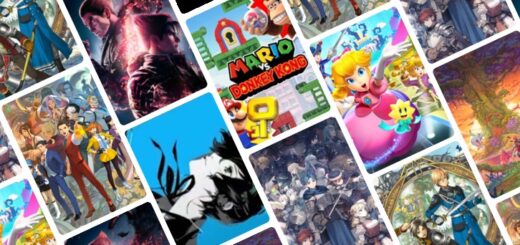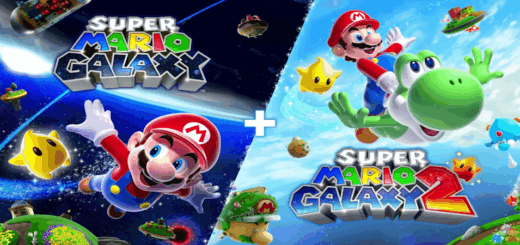Interview with Mitsuhiro ARITA: the artist behind the most famous trading card in the world
Interview with Mitsuhiro Arita : the artist behind the most famous trading card in the world Whether you know his name or not, Mitsuhiro ARITA is a japanese artist that had an impact on you during this past 25 years. It could be through his work with one of the biggest video game franchise Final Fantasy, It could be through the film adaptations of the cult Berserk (the Golden Age Arc trilogy) or it could be first and foremost for his contribution to the Pokémon trading card game in which he was involved since the very beginning of the project in 1996.
After all, Mitsuhiro ARITA is the illustrator behind some of the most loved cards in the hobby, including the most famous trading card in the world : the base set Charizard. In exclusivity for Journal du Japon, the master agreed to meet us in Tokyo to open up to the french audience and unveil who is Mitsuhiro ARITA, the artist behind the most famous trading card in the world.
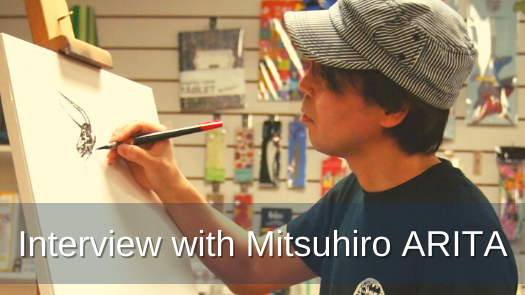
A rich career
Journal du Japon: You have decided to start a career in art with no background because you wanted to challenge yourself.
Misuhiro ARITA: I majored in electronics engineering at university to become a software engineer. My father had started his own business the year I entered university, selling machinery and industrial oil to Toyota Motor Corporation plants. When I turned to the third grade of University, my father asked me about my future course. Then, he suggested that I work with him. I was close to my family and respected my father, but I knew that when he retired, if this job didn’t work out, I would make excuses saying that it wasn’t the job I wanted. That’s the worst kind of life, isn’t it?
So I decided to try something on my own and if I couldn’t succeed then I would voluntarily work with my father. The question was what to do. It would be meaningless unless it was a challenge that I could take responsibility for (wether I succeed or fail). If I had to learn from someone else, I could still have the excuse of blaming the teaching skills. So, I chose art because I thought that if I were a self-taught and freelance artist, I couldn’t blame anyone.
Why did you choose art particularly ?
When I was a child, my first passion was drawing. When I entered to junior high school, my father bought me a computer and little by little I became fascinated by programming. When I was an high school student I even worked with Enix (which became later Square Enix) because they were interested about a mock up of an adventure game that I sent during a contest. But in the end, a friend of mine who saw my portfolio told me that It was a waste when I told him I intended to pursue a programming career. I don’t know how serious he was but those words had an impact on me and I decided eventually to focus on art.
Do you have a role model or artists that influenced you ?
I don’t have a specific role model. But I find in particular the works of Hokusai and Moebius amazing. They both have in common the ability to depict a very unique graphic universe, I am truly fascinated by their style.
Even with a high education, Art is a very competitive world, how did you manage to be noticed ?
Whether or not you get noticed is out of your control, it depends on other people around you. I’ve just done the best I could do for every project I worked on. But I do think that the expansion of the market and my affinity for the digital world led to more opportunities for work, and the timing was good. Until then, in terms of the market, the only place to consistently get well-paid colorwork was through regular magazines and cover artwork for books, but the market for card games increased the need for color artwork. As for art materials, I used digital from the beginning, which was still rare in 1996. Around 2003, I started producing 3DCG, and around 2009, I started doing a hybrid of 3DCG and hand-drawing. At that time, it was rare for freelancers to undertake this new technology.
In 1996, your first professional contract leads you to work on Pokémon, that is now the biggest pop culture licence in the world. Everyone could assume that being part of that project would open so many opportunities for an artist. But many people don’t know (or don’t remember) that this licence wasn’t really a success at his debut. As a freelance artist you have to always search new projects, so how did you find new projects after ?
My first project as a professional artist was indeed to work on this trading card game. Naturally, there was no market for card games, and the video games had not even been released yet, so I was in a situation where there would be no work after my six-month contract was up. I was fortunate enough to get a job as a freelance illustrator for a publishing company called Shinkigensha, which published reference books for creators of games and novels. For the first three years, I couldn’t even eat well, but gradually card games began to take root in Japan. Companies like Media Factory or Bandai wanted to surf on the new phenomenon, which led me to work on various trading card games like the Devil Children (based on the Shin Megami Tensei series), the Power Rangers card game (based on the TV programs), and the video game series called Culdcept.
As I worked in various genres and styles, I gradually began to be asked to do more work. One thing I intended to do as much as possible when I was involved in a new title was to leave a lasting impression on the customer.
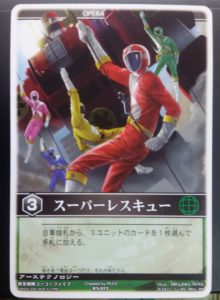
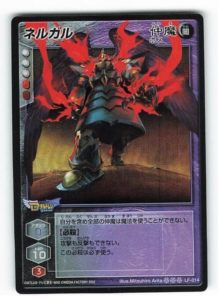
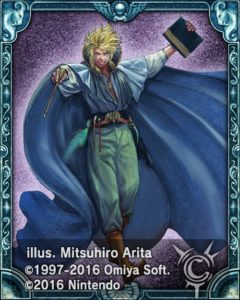
You worked on different card games. And all those card games have different types of characters, univers etc. so can you explain where do you find the inspiration in order to be able to put life on such different univers ?
I think people could call it inspiration. But It is also a lot of work and preparation. For Power Rangers and Kamen Rider, I checked out almost every show that aired and tried to create pictures with poses, effects, etc. that looked like them. For Culdcept, I used my knowledge and experience at ShinKigensha and the memories I received from other genres of entertainment, such as movies and music, to shape what I thought should be represented in that game. But the ability to understand the appeal from such material and reconstruct it in your own way requires knowledge, experience, observation, and understanding, which are key notions regardless of what you are working on.
You have illustrated hundreds and hundreds of cards, to you what is the secret to create a good card ?
I believe that the most important thing for any commercial illustration is to be easy to understand. However, if it is just simple and easy to understand, people will quickly get bored watching it. So I try to recall the viewer’s experience and memory by using sceneries, lights, poses, and facial expressions that everyone has seen in real life, and to add the fun of discovery and deciphering. The comment that I get a lot from people is that they never get bored of my artwork because I think I always try to breathe life into all my works rather than just producing a lifeless image.
Another major project you worked on was Final Fantasy. Except the guildleves cards from Final Fantasy XIV, this time you didn’t work on a card game. Final Fantasy XI was a big part of your life for 10 years, what was your role in that project and what was unique about this experience ?
The planner who worked on many of the world settings for Final Fantasy XI was a famous armor enthusiast, and after seeing my illustrations for the « Arms & Armor » at Shinkigensha, he contacted me and asked me to bring the world of XI to life. I think he appreciated my knowledge and experience from my work at Shinkigensha, and my ability to illustrate fictional subjects by giving them a reality based on research. (At his invitation, I was also involved in the concept design of the theatrical versions of Berserk: Golden Ages Arc Trilogy).
I remember I was really excited about this project. It was also a big responsibility because so far the only illustrator before me working on Final Fantasy was the famous Yoshitaka AMANO. I maintained a good relationship with Square Enix so I continue from time to time to produce artworks when they need me.
You have now a lot of experience and worked on very different projects. What would you like to try next ?
In the past I worked on a series of novels as an illustrator like Guardians of Ga’Hoole for example. It was a good experience so I would like to go further and draw something like comics or bandes dessinees. I’m not confident in making stories, but if I can find a good original story, I’d like to try.
Wouldn’t it be interesting to do something crazy that incorporates 3DCG, ukiyoe, watercolor, pencil drawing, and digital?
The man behind the artist
Looking back at all the projects he was involved into – especially since he worked for 2 of the biggest pop culture franchises in the world – everyone could assume that the life of such an artist would be only paved of fame, money and success. But the reality is quite different of the expectations. Choosing the life of an artist is a path full of sacrifices and struggles, the biggest reward comes through the love and appreciations of the fans. Far from the stereotypes, Mitsuhiro ARITA talked to us with no filter about the reality of an artist life.
Now that you have made your dream come true by being a professional and successful artist, does your family realize what you have accomplished or to them it is a job like any other ?
In Japan, the status of artists is very low, so I don’t feel that I have succeeded. I was fortunate enough to have a supportive dad, but being an artist is not the easiest lifestyle and my wife tends to get sick of me because I work too much. (laughs)
I am far from from the fairy tale that people could imagine, but I am grateful for all the support that I’m receiving from fans. I hope that they will keep support me so that I can continue to live as an artist next year and beyond.
What was the most complicated thing when you started and what is the most complicated now ?
Contracts.(laughs)
When you are a freelance artist, your work and your life depend on them. It is a neverending fight.
Can you tell us what’s your daily life looks like ?
I go to bed around 9 pm (but It can be around midnight as well) and wake up between 2 am to 4 am. If I’m feeling well, I do some light exercise in the morning and start working. If I have time, I take a nap or two during the day. Even though I am busy, I still have to eat and sleep, so I often use cooking as a diversion to keep myself in shape.
When you look at everything that you have accomplished, what are you the most proud of ?
When I look at the past 25 years I think that I can honestly say that I am proud that I’ve always done the very best I could do on every single project.
Before covid you traveled to participate to many conventions around the world including France. What memory do you keep from your time in France ?
So far, I have been invited to France, England, Italy, the United States, Dubai, and China. I mainly participate in comic conventions, but I also do live painting and talks at schools, libraries, museums, etc. depending on the opportunity of the trip. As for events in France, I was invited by pen tablet manufacturer WACOM to participate in Japan Expo 2019, and it was a wonderful event. I was impressed by how well the staff understood not only Japanese language but also Japanese culture. After the event, I became friends with an artist I met at the Wacom booth, and he guided me around Paris for half a day, introducing me to the oldest art supply store in Paris and the only gallery of comic art in Paris, which was a great experience. It was a disappointment that Notre Dame Cathedral was closed, but I did go up to the Eiffel Tower. After the event, I spent most of my time, for five days, sketching at the Louvre.
When traveling in and out of Japan will be possible, would you accept to come again to a convention in France if you are invited ?
Of course. It is difficult for me to participate in some types of events due to restrictions, but I would be happy to be invited to a comic convention as an artist.

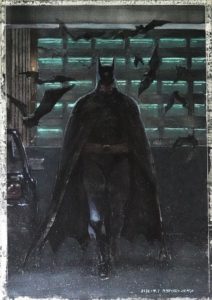
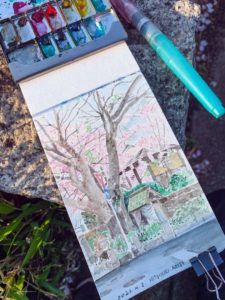
You have launched a website in english and also a youtube channel. Can you tell us more about that ?
The website was launched about 5 years ago as I started to be invited to conventions overseas and needed to introduce myself and respond to inquiries. And for those who might want to support me as a freelance artist, I created a ko-fi page. I really enjoy to connect with people all over the world so I also try to interact on social media such as Facebook and Instagram so feel free to follow me.
My YouTube channel has existed for 8 years, but since all my plans for 2020 have been canceled, I thought it would be a good opportunity to sit at my desk and practice my painting, so I started streaming my practice. Up until now, I have always practiced on the move because I could never find the time to practice. At first, I used pens, and then I got creative with my tools so that I could practice watercolor on the move. However, I couldn’t carry opaque watercolors with me in a way that I could paint anywhere. So I thought, if I can practice at my desk, why not practice opaque watercolor, and it would be interesting to broadcast it. If you are interested feel free to subscribe to my channel. I don’t really have time for personal commissions but for people who would like to own a piece of my art I also sell from the original paintings that I do during the streaming, so if anyone is interested please register to the store newsletter.
In Japan, fans often refers to illustrators/mangaka/animators as sensei because they consider they are masters in what they are doing. As you know, in japanese the other meaning of sensei is teacher. Do you consider to become a teacher one day ? Or maybe to take an apprentice to pass on your knowledge ?
There are invitations to teach at schools, but since I am self-taught, I find it difficult to teach others how to do it. I do believe that education is very important, but when it comes to art, this is the individual motivation and work that will define your path and that cannot be taught. Also, having regular classes would make it difficult for me to attend events overseas and have business trips to do special classes in the local city in Japan. But if people are curious about my work process and technique they can check my videos on YouTube. I try to show people what I’m thinking as I talk about it, or in the form of live performances or talks, and if people want to participate and ask questions, I can answer from my own experience.
As for apprentices, I can’t afford to hire any at the moment because my own life is unstable.
25 years of career, 25 years of pokemon
We couldn’t end this interview without talking about the franchise of the electric mouse. This Pop culture phenomenon is after all a big part of the life of Mitsuhiro Arita and remain today very much loved in our country.
What was your first thought when you began that project ?
I was introduced to that project during the early stage of development so I never imagined that I would still work on it 25 years later. I remember at time my biggest concern was to find another job after the end of my contract. (laughs)
During this 25 years of collaboration you have drawn more than 500 cards. If you had to choose only one of them which one would it be and why ?
It’s too difficult to choose one because I have put my heart and soul on every single card that I had the chance to illustrate. Over the years trading card games evolved, they are not only simple games, they became also collectible art.
Your charizard (from the base set extension) became the most famous trading card game in the world. How do you feel about that ?
It might be surprising but all I can think is that I’m glad people don’t say that the quality of my artwork was so low since I designed it at the beginning of my career. (laughs)
This year in the new card set celebrating the 25th anniversary of the licence we can find reprints of your iconic Charizard and Pikachu. Can you share a story about the origins of the creation of these cards back in 1996 ?
In 1996 when me and the team designed the cards there was no artistic director, so we had to be creative and use at first as sole materials the pixelated images from the game boy games, then later we were able to rely on character-designs. So all I can think about is that the designs were the results of the creative process and the technical limitations of this period. So if you ever wondered about the proportions or the positions of those characters, now you know. (laughs)
If we compare the cards 25 years ago and now, we can see that the designs evolved. What does it mean for you as an artist ?
From the first day, I became a professional, I knew that I could eventually be bored sometimes, so luckily I prepared myself in order to always be able to improve my skills and evolve. Around the year 2000, I predicted that technology would be used to create pictures that were just well finished and needed to be produced in large numbers. I think that prediction is becoming more and more of a reality.
So as an artist I’d say that I wouldn’t want to focus only on TCG, and truth be told I’m considering taking a little bit my distance from TCG in the future.
In a card game, all the cards must be consistant but every artist bring his own personal style. How would you define your personal style ?
I don’t define it. I think the real style is the one that comes out naturally, without you defining it. I think that not defining it is also a good way to not get trapped in one type of art. I am able to work on many different projects because I try to always remain open minded and never limit myself.
This year is the 25th anniversary of pokemon, but this is also your 25th anniversary as a professional artist. What can we wish for you ?
My schedule for 2022 is currently blank so you can wish me a very busy year full of new projects ! (laughs)
To finish, do you have a message for your french fans ?
I hope this interview will be an opportunity to rediscover myself as a freelance artist. I look forward to seeing you again in France!
You can follow and support Mitsuhiro Arita on his official pages: Facebook, Instagram, YouTube, website, online store, Ko-fi.
A special thanks to Mitsuhiro ARITA for his time and agreeing to this very unique interview.

